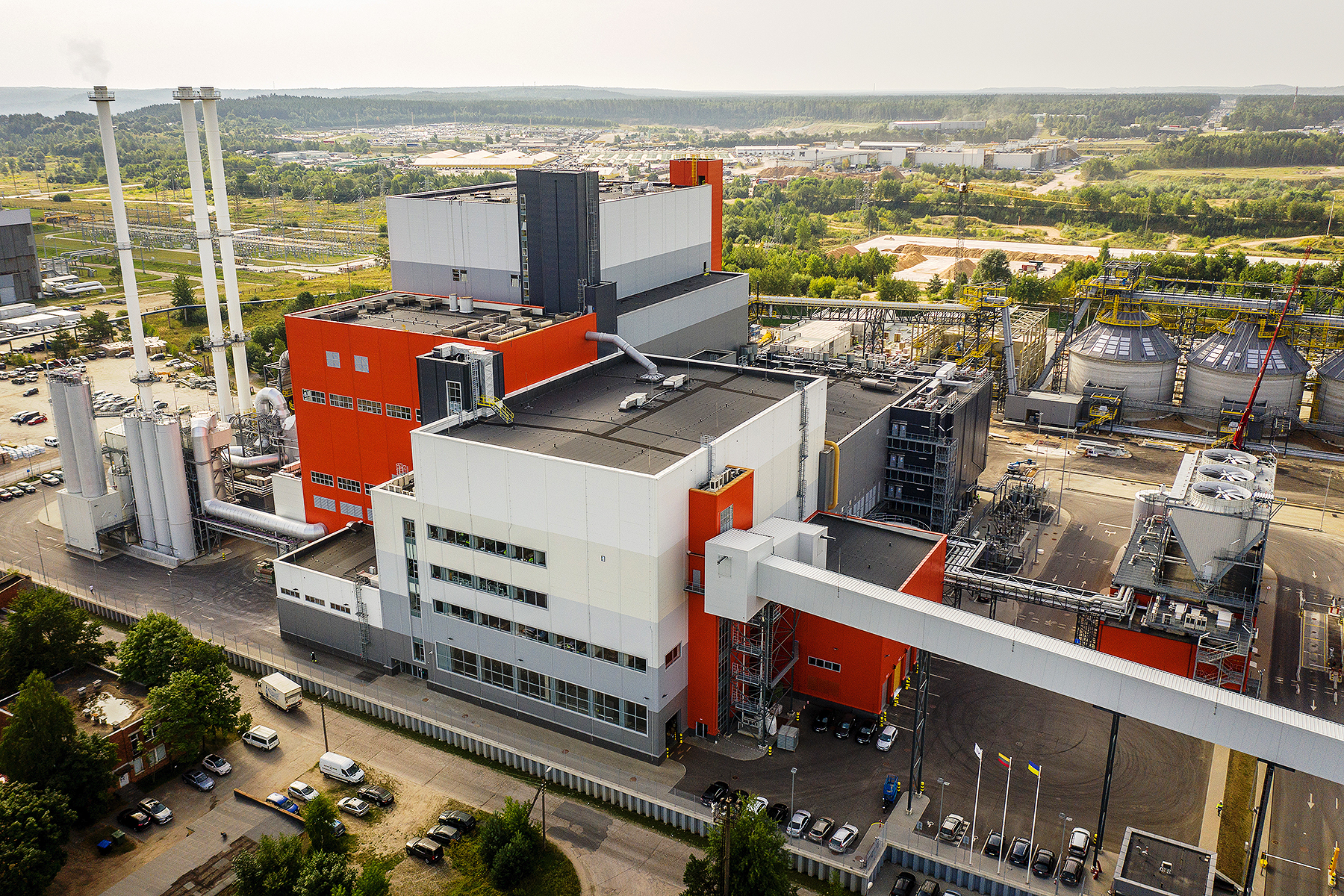Renewable energy in Lithuania on:
[Wikipedia]
[Google]
[Amazon]
Renewable energy in Lithuania constitutes some energy produced in the country. In 2016, it constituted 27.9% of the country's overall electricity generation. Previously, the Lithuanian government aimed to generate 23% of total power from renewable resources by 2020, the goal was achieved in 2014 (23.9%).

 * Kruonis Pumped Storage Plant, its main purpose is to provide a spinning reserve of the power system, to regulate the load curve of the power system 24 hours a day. Installed capacity of the pumped storage plant: 900 MW (4 units, 225 MW each).
* Kaunas Hydroelectric Power Plant, has a capacity of 100.8 MW.
* Kruonis Pumped Storage Plant, its main purpose is to provide a spinning reserve of the power system, to regulate the load curve of the power system 24 hours a day. Installed capacity of the pumped storage plant: 900 MW (4 units, 225 MW each).
* Kaunas Hydroelectric Power Plant, has a capacity of 100.8 MW.
 In 2022, Lithuania had capacity of 568 MW of solar power (compared to only 2.4 MWh power in 2010).
As of 2012, Lithuania has 1,580 small (from several kilowatts to 2,500 kW) solar power plants with a total installed capacity of 59.4 MW which produce electricity for the country, and has an uncounted number of private power plants which make electricity only for their owners.
In 2022, Lithuania had capacity of 568 MW of solar power (compared to only 2.4 MWh power in 2010).
As of 2012, Lithuania has 1,580 small (from several kilowatts to 2,500 kW) solar power plants with a total installed capacity of 59.4 MW which produce electricity for the country, and has an uncounted number of private power plants which make electricity only for their owners.
/ref>
Statistics
Renewable energy in Lithuania by type (as of 2022):Biomass
Solid biofuel or biomass represents the most common source of renewable energy in Lithuania. Most commonly used are firewood and wood as well as agricultural waste. It is primarily used to produce heat, but is also used for electricity production.Biofuel

Biogas
Hydroelectricity
 * Kruonis Pumped Storage Plant, its main purpose is to provide a spinning reserve of the power system, to regulate the load curve of the power system 24 hours a day. Installed capacity of the pumped storage plant: 900 MW (4 units, 225 MW each).
* Kaunas Hydroelectric Power Plant, has a capacity of 100.8 MW.
* Kruonis Pumped Storage Plant, its main purpose is to provide a spinning reserve of the power system, to regulate the load curve of the power system 24 hours a day. Installed capacity of the pumped storage plant: 900 MW (4 units, 225 MW each).
* Kaunas Hydroelectric Power Plant, has a capacity of 100.8 MW.
Geothermal energy
* Klaipėda Geothermal Demonstration Plant, the first geothermal heating plant in the Baltic Sea region.Solar power
 In 2022, Lithuania had capacity of 568 MW of solar power (compared to only 2.4 MWh power in 2010).
As of 2012, Lithuania has 1,580 small (from several kilowatts to 2,500 kW) solar power plants with a total installed capacity of 59.4 MW which produce electricity for the country, and has an uncounted number of private power plants which make electricity only for their owners.
In 2022, Lithuania had capacity of 568 MW of solar power (compared to only 2.4 MWh power in 2010).
As of 2012, Lithuania has 1,580 small (from several kilowatts to 2,500 kW) solar power plants with a total installed capacity of 59.4 MW which produce electricity for the country, and has an uncounted number of private power plants which make electricity only for their owners.
Wind power
Installed wind power capacity in Lithuania and generation in recent years is shown in the table below:/ref>
See also
* Energy in Lithuania * List of renewable energy topics by country, Renewable energy by country * ''''References
External links
{{Europe topic, Energy in Renewable energy in Lithuania, Wind power in Lithuania, Wind power in the European Union, Lithuania Solar power in Lithuania, Solar power in the European Union, Lithuania